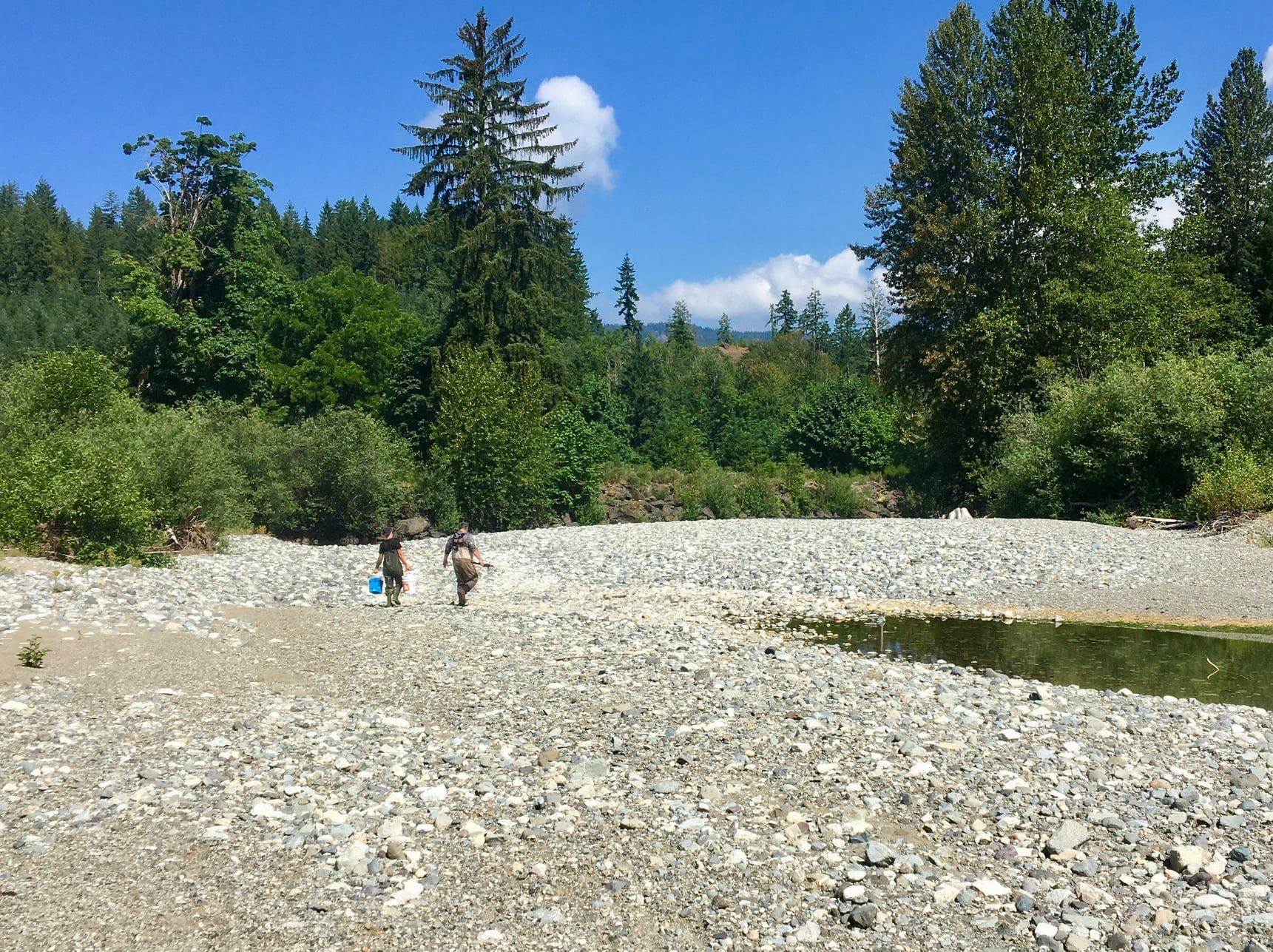The cool, wet spring and early summer, followed by three months without rain and the subsequent drought is a taste of what the future will be like, climate-wise, in the Cowichan Valley.
Tom Rutherford, chair of the Cowichan Watershed Board, says the extreme weather conditions experienced over the summer are in line with climate change models from the experts at the University of Victoria and Pacific Climate Impacts Consortium
Rutherford says their projections show hotter, drier summers, and increased precipitation in the winter, but warmer temperatures will mean fall as more rain, and less snow.
He adds, “snow is nature’s water storage.”
Rutherford says this summer brought us the kind of weather we will be seeing in the future and warns there will be more of it.
The good news is that the cool and wet weather throughout the spring and into summer meant that Cowichan Lake had remained full in mid-July.
He says despite receiving no rain for more than three months, the discharge over the lake’s weir into the Cowichan River still remained at about seven cubic metres a second when Thanksgiving arrived.
However, Rutherford says the supply is now running low.
Chinook are making their way in to the Cowichan River to spawn, but with no rain forecast for the next couple weeks, the very dry conditions can be expected to continue into late October.
According to Rutherford, “it’s a pretty good example of why we need more a little more storage in the lake and a higher weir, because if we’d had the opportunity to store a little more it would have seen us through this very unseasonable dry fall.
However, we didn’t have that extra storage so even though we had the really wet spring we’re kind of getting to the end of our lease right now, and just hoping for some rain over the next two weeks.”
Rutherford believes the current conditions are not ideal, but should be adequate.
“I think that seven-cms (cubic metres per second), we like to see that throughout the summer and I think that’s adequate to keep the rearing juvenile salmon and trout that are in the river generally happy, come the middle of October we’d like to see higher flows for the Chinook salmon which are pretty large.”
Rainfall would also produce more turbidity in the water and impede the ability of predators to find salmon.
Rutherford believes if there is no rain in the next couple of weeks, it may be difficult to maintain a flow in the river of seven cubic metres a second, which may negatively impact salmon.



